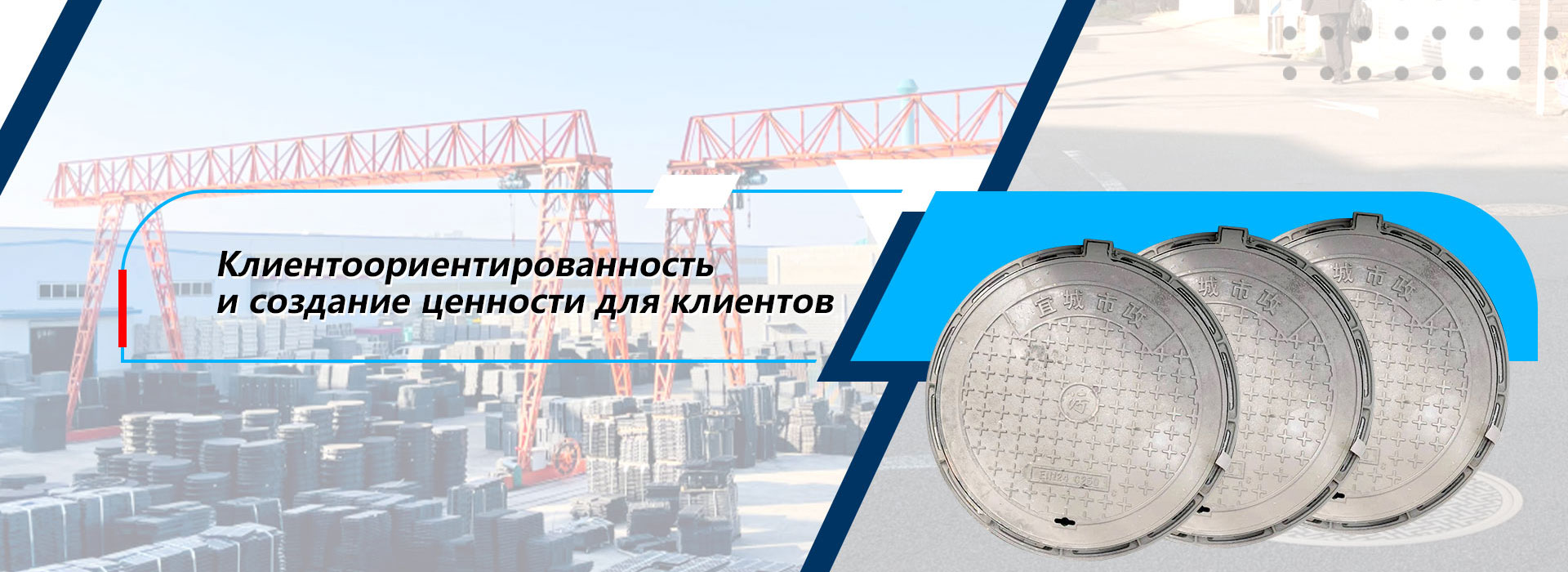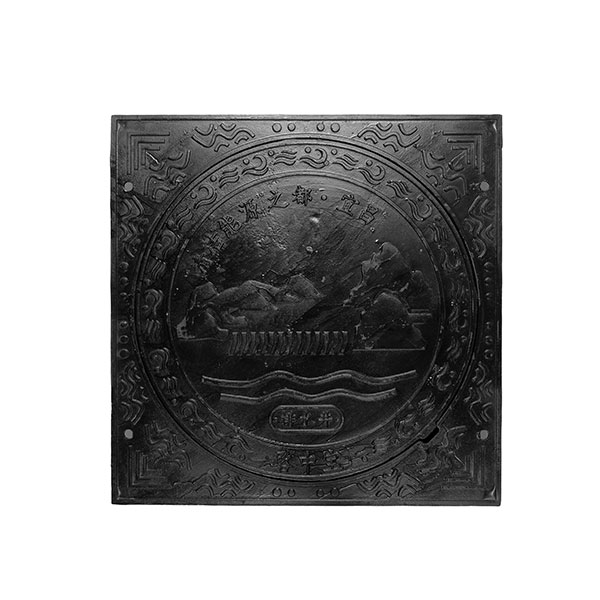
cast iron hatch with a lid like
## Luke cast -iron with a lid: types, features and choice
Cast iron hatches are an integral part of the city infrastructure, imperceptibly, but reliably serving us for years. They hide underground communications, ensuring the safety of pedestrians and transport. However, not all cast -iron hatches are the same. A variety of types of covers and structures can be at a dead end even an experienced specialist, not to mention a simple layman. Let's figure out the main types.
### Types of covers: from classics to innovation
The most common type is a hatch with a flat lid. A simple, reliable design, time -tested. It easily withstands significant loads, suitable for pedestrian zones and roads with moderate traffic. More modern solutions offer hatches with lids that have a relief surface that prevents sliding. This is especially true for places with high humidity or in winter. There are also hatches with a decorative coating that can harmoniously fit into the environment, for example, imitating paving stones or pavement. For roads with intensive traffic, hatches with an enhanced design are used that can withstand the weight of heavy vehicles.
### materials and durability
Traditionally, hatches are made of gray cast iron - the material of durable, durable and resistant to corrosion. However, modern technologies allow you to use other materials, for example, composite materials that combine strength and lightness. The choice of material depends on operating conditions and the required degree of wear resistance. Cast iron, despite its weight, provides high resistance to mechanical damage and a long service life. Proper installation and regular inspection is the key to the long and trouble -free work of the hatch.
### selection criteria: what to look for?
When choosing a cast -iron hatch, it is important to consider several factors. First of all, this is the estimated load on the lid. For pedestrian zones, there is enough hatch with less bearing capacity, and for roads you will need a more strong design. You should also pay attention to the size of the hatch, which should correspond to the size of the hatch in the existing well. And finally, it is important to consider the appearance of the hatch so that it looks organically in the environment. The right choice of hatch is a guarantee of security and durability of underground utilities.
AppropriateProducts
Corresponding products
The best soldproducts
The best -selling products-
 Drainage tank
Drainage tank -
 500x590x40 Composite high -speed cover
500x590x40 Composite high -speed cover -
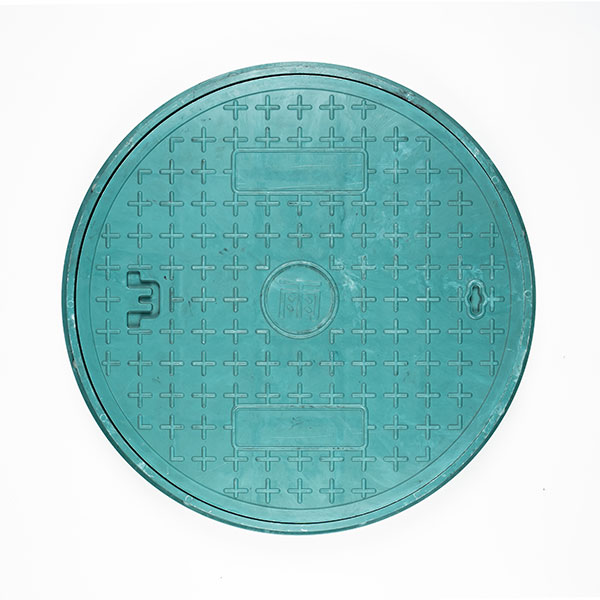 700x770x70 Composite round well
700x770x70 Composite round well -
 450x750x40 Cast iron grill
450x750x40 Cast iron grill -
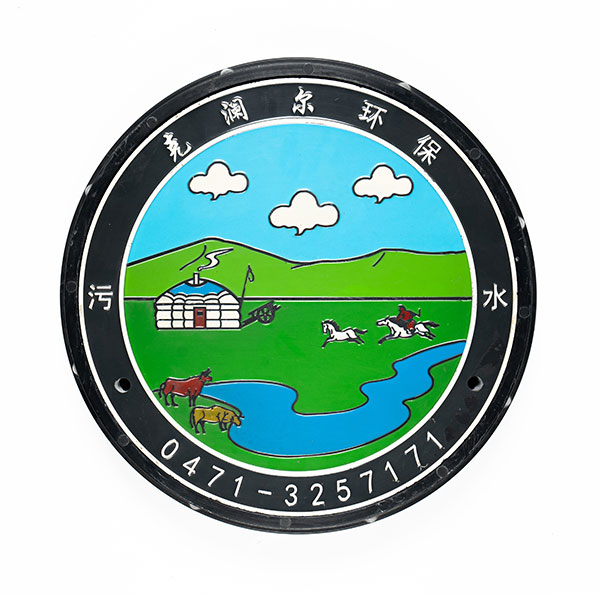 Luke's composite cover
Luke's composite cover -
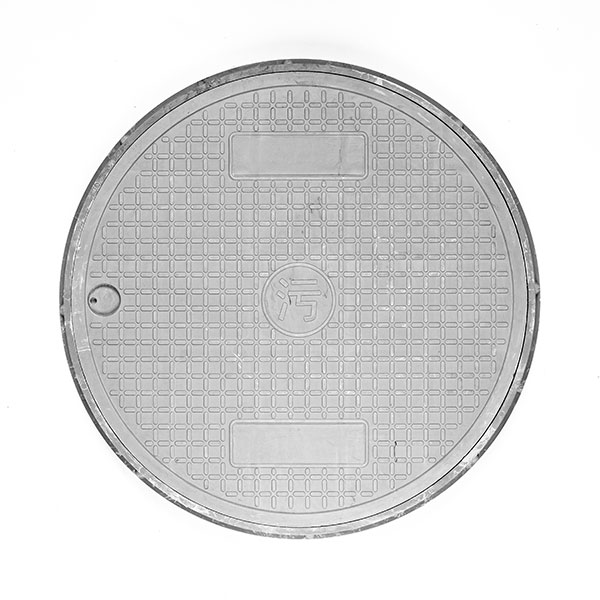 700x800x60 Composite round well
700x800x60 Composite round well -
 500x700x30 Composite high -speed cover
500x700x30 Composite high -speed cover -
 700x370x60 Composite square lid of hatch
700x370x60 Composite square lid of hatch -
 700x800x120 with a grid to protect against falling on the outside of square and inside a round shape
700x800x120 with a grid to protect against falling on the outside of square and inside a round shape -
 400x700x70 Composite grille
400x700x70 Composite grille -
 370x370x60 Composite square lid of hatch
370x370x60 Composite square lid of hatch -
 700 Composite Round Sazhoter
700 Composite Round Sazhoter
Connectedsearch
Related search- The main buyers of the SMC water meter boxes in China
- Cheap lugs of hatches t factories
- Cast iron round lugs of hatches prices in China
- The lattice of the rain receiver dB
- Prices for cast -iron hatches in China
- Chinese suppliers Cast iron hatches with a lid
- Cheap cast iron lugs t s250 price
- Cast iron lid of a sewer hatch price
- Cheap square cast iron hatches of suppliers
- Suppliers of concrete covers of wells in China

